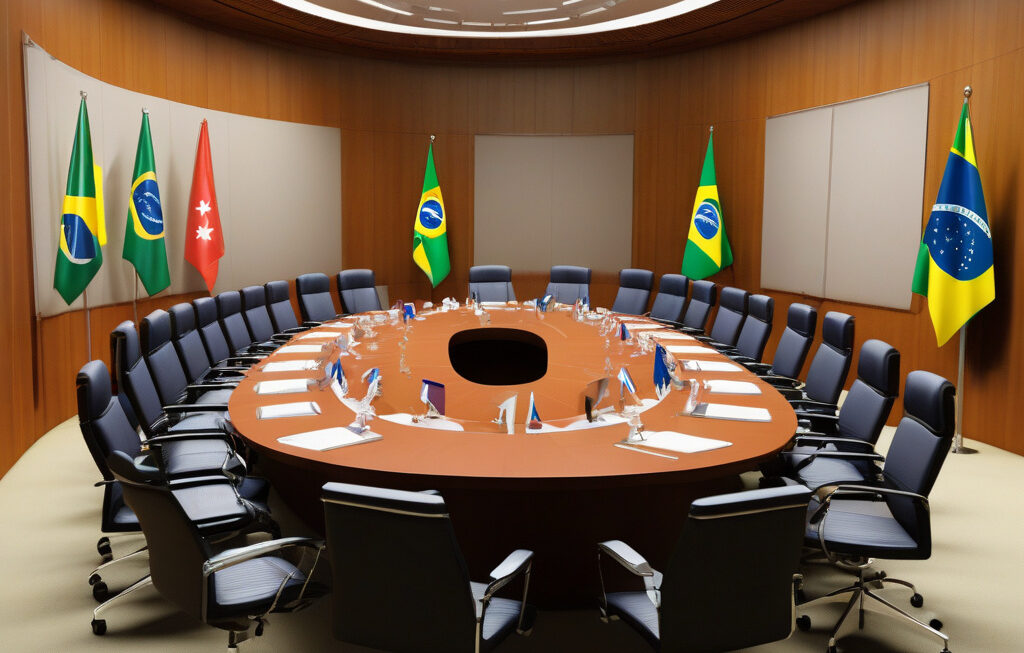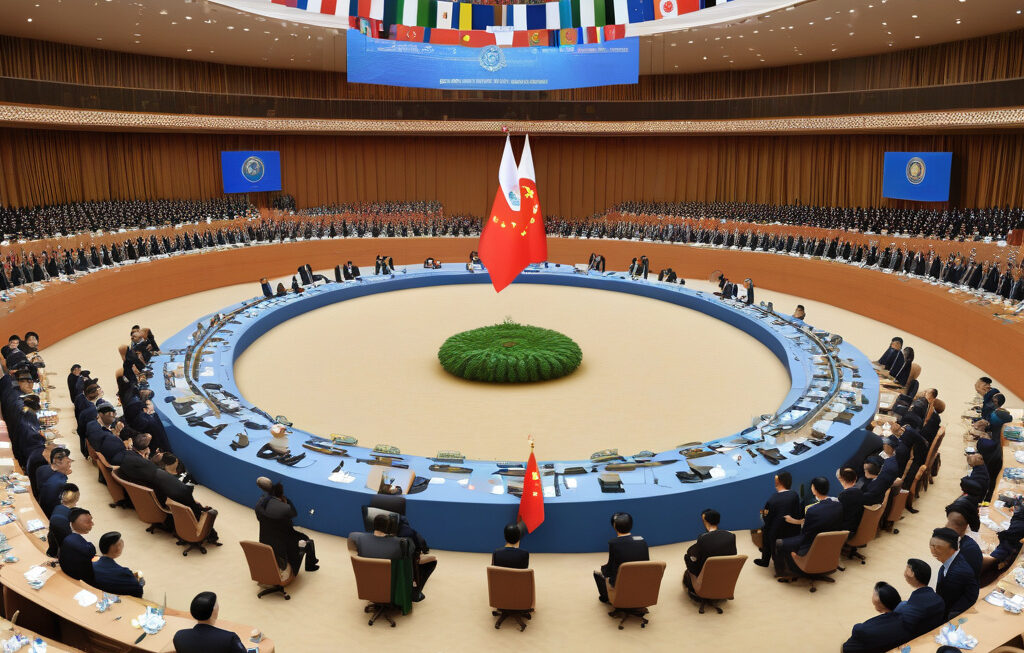China Retaliates Against Trump in Trade War With 34% Tariffs on US Imports
China’s recent decision to impose a 34% tariff on US imports marks a significant escalation in the ongoing trade war between the two economic giants. This move is a direct response to the tariffs imposed by President Donald Trump on Chinese goods, reflecting a tit-for-tat approach that has heightened concerns about the potential for a global economic downturn.
The trade war between the United States and China has been ongoing for several years, characterized by back-and-forth tariff increases and retaliatory measures. However, China’s latest move to raise tariffs on US imports signals a new level of intensity in the conflict, with both countries digging in their heels and showing no signs of backing down.
The impact of these escalating tariffs is likely to be felt not only in the US and China but also around the world. As two of the largest economies, the decisions made by the US and China have far-reaching consequences, affecting global supply chains, financial markets, and consumer confidence.
One of the key concerns stemming from this trade war is the potential for a global recession. The International Monetary Fund (IMF) and other economic experts have warned that the prolonged trade tensions between the US and China could drag down global economic growth, leading to job losses, reduced investment, and overall economic instability.
Moreover, industries that rely heavily on international trade, such as technology, agriculture, and manufacturing, are particularly vulnerable to the impact of escalating tariffs. Companies may face higher production costs, supply chain disruptions, and difficulties accessing key markets, all of which can have ripple effects throughout the economy.
In response to the escalating trade tensions, businesses are being forced to adapt to a rapidly changing trade environment. Some companies are diversifying their supply chains, shifting production to other countries, or renegotiating contracts to mitigate the impact of tariffs. However, these measures come with their own set of challenges and costs, further complicating the business landscape.
The trade war between the US and China is a stark reminder of the interconnected nature of the global economy and the risks posed by protectionist policies. While both countries have legitimate grievances and trade imbalances that need to be addressed, the use of tariffs as a weapon in a trade war ultimately harms businesses, consumers, and economies on a global scale.
As the US and China continue to exchange blows in the form of tariffs and trade restrictions, the need for a diplomatic resolution becomes increasingly urgent. Finding a mutually beneficial solution that addresses trade imbalances, protects intellectual property rights, and promotes fair competition is essential to avoiding further escalation and minimizing the negative impact on the global economy.
In conclusion, China’s decision to retaliate against Trump with a 34% tariff on US imports represents a significant escalation in the trade war between the two economic powerhouses. The implications of this tit-for-tat approach extend far beyond the borders of the US and China, raising concerns about a global recession and highlighting the interconnectedness of the world economy. Finding a diplomatic solution to the trade war is crucial to mitigating the economic fallout and charting a path towards stable and sustainable global trade relations.
trade war, tariffs, global recession, economic impact, diplomatic resolution












